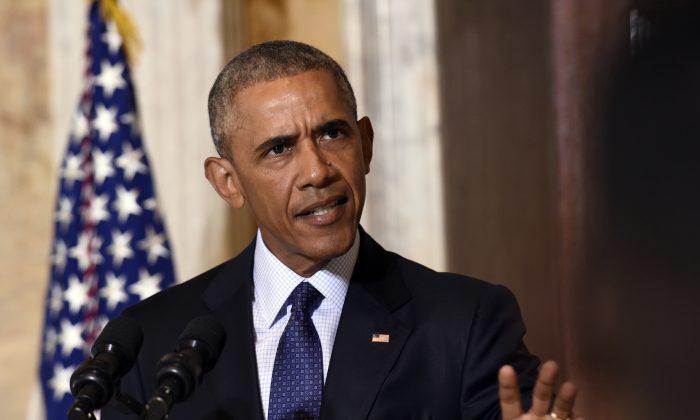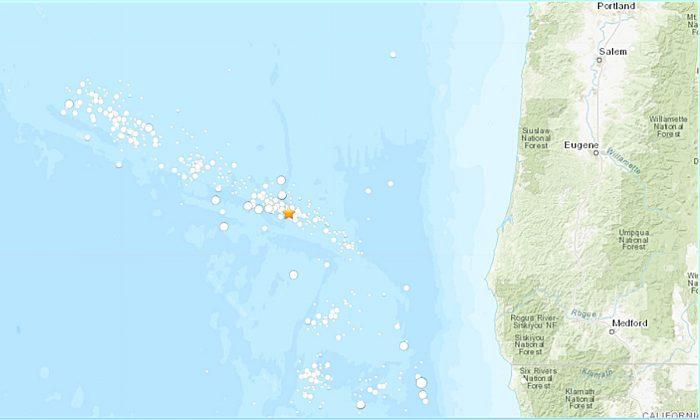Between 64 and 116 civilians have been killed by drone and other U.S. strikes since President Barack Obama took office in 2009, his administration announced on Friday.
“We recognize that U.S. counterterrorism strikes have killed non-combatants, a reality that exists in all conflicts,” the White House said in a statement.
The report, released by the the Office of the Director of National Intelligence (DNI), shows the total number of strikes against terrorist targets outside areas of active hostilities from Jan. 20, 2009 and Dec. 31, 2015 was 473. The “Areas of active hostilities” currently include Afghanistan, Iraq, and Syria, while the report focuses on deaths of civilians in Pakistan, Yemen and Africa.
The number of combatants killed during that time ranges from 2,372 to 2,581 the report says.
This is the U.S. government’s first public release of these numbers, and Obama also signed an executive order that would call on his successor to reveal the number of civilians killed in drone strikes annually.
“All armed conflict invites tragedy. But by narrowly targeting our action against those who want to kill us and not the people they hide among, we are choosing the course of action least likely to result in the loss of innocent life,” President Obama had previously said.
The numbers for civilian fatalities are much less than what non-profit organizations report.
Between January 2009 and December 2015, non-governmental organizations’ estimates range from more than 200 to slightly more than 900 possible civilian deaths outside areas of active hostilities, the DNI says.
“The U.S. Government acknowledges that there are differences between U.S. Government assessments and reporting from non-governmental organizations,” the report says.
The DNI says reports from non-profits can include both aggregate data regarding civilian deaths as well as case studies on specific strikes, and generally rely on a combination of media reporting and sometimes field research conducted in areas of reported strikes.
“Although these organizations’ reports of non-combatant deaths resulting from U.S strikes against terrorist targets outside areas of active hostilities vary widely, such reporting generally estimates significantly higher figures for non-combatant deaths than is indicated by U.S. Government information,” the report says.
The numbers on civilian deaths were determined by “credible reports of non-combatant deaths drawn from all-source information, including reports from the media and non-governmental organizations. The assessed range of non-combatant deaths provided to the DNI reflects consideration of credible reports of non-combatant deaths drawn from all-source information, including reports from the media and non-governmental organizations,” the report says.
Federico Borello, Executive Director of Center for Civilians in Conflict praised Obama’s executive order.
“Today’s executive order on civilian casualties clearly signals that the United States recognizes both the ethical and strategic imperative to prevent harm, protect civilian men, women, and children caught on the battlefield, and to make amends for the harm its combat operations cause,” he said in a statement.
But he also added that more steps should be taken to protect civilians.




